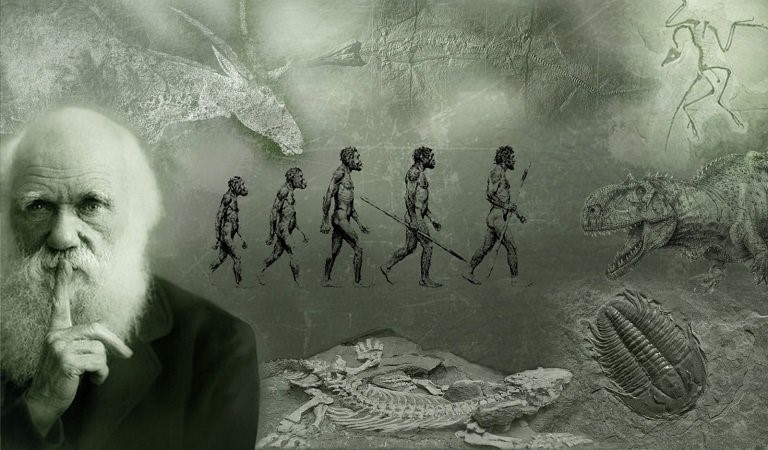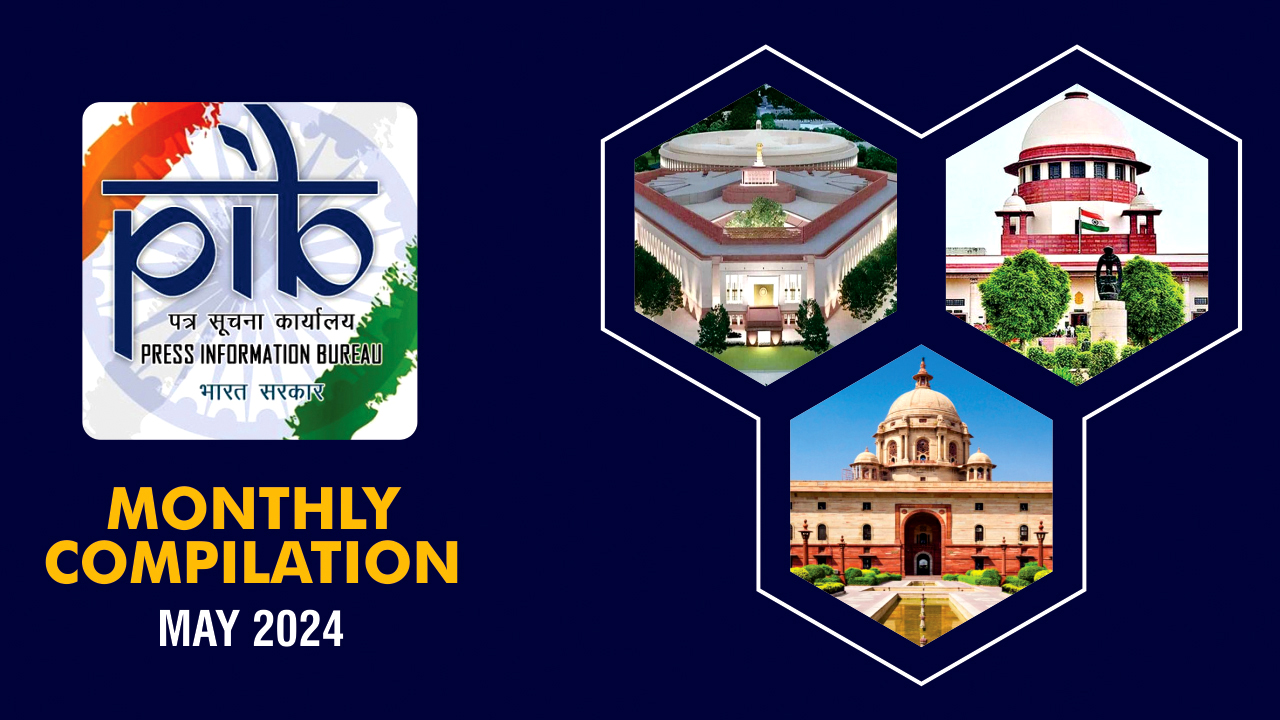Description

Disclaimer: Copyright infringement not intended.
Context
February 12 is globally celebrated as Darwin Day to mark the birthday of naturalist Charles Darwin (12 February 1809 – 19 April 1882).
Details
Introduction
- Darwin published his work on evolution by natural selection as a book (‘On the Origin of Species by Means of Natural Selection’) and a series of articles between 1858-59. Around the same time, Alfred Russell Wallace independently wrote his articles on the same subject.
- With decades of subsequent work on evolution by many scientists worldwide, understanding of life on Earth and the processes of evolution leading to new forms of life has widened and deepened.
- Although the origin of life on Earth is relatively less understood, we have a fair understanding of the chemistry of life. Lots of details have been worked out about the inner mechanisms of working of a living cell and how a whole organism – the human body, made up of trillions of cells – develops from a single-cell embryo.
- Today we understand how diseases are manifested, the way microscopic viruses and bacteria infect and spread in the body and through our populations, etc.
How genetic variations occur in a population
- Darwin and Wallace proposed that genetic diversity in a population helps its adaptation to a constantly changing environment. This is a continuous process.
- For example, suppose a small fraction of a population carries genetic variants that make them tolerate higher temperatures. While such variants may have little advantage if organisms live in optimal ambient temperature conditions, individuals carrying those variations can survive better and reproduce at a higher frequency if the environmental temperature increases.
- This results in an increased proportion of individuals carrying heat-resistant genetic variations in subsequent generations. This is the process that Darwin and Wallace termed as “natural selection”. The term “fitness” is used to explain changes in the relative proportion of genetic variations, in a population across generations.
- However, the generation of new genetic variations is an independent process from that of adaptation. While certain environmental factors, such as radiation, enhance the rate at which new genetic variations are generated, they are not developed to aid the organism survive and reproducing in any specific environment.
- The occurrence of specific genetic variations in a population that helps its adaptation to a new environment is only a chance event.
- But the greater the genetic diversity in a population, the higher the chances that at least a few individuals will adapt to the new environment.
- Sometimes, populations split and get separated for several reasons. For example, a group of individuals physically move away from the main population and remain isolated.
- While the same evolutionary mechanisms operate in both populations, without intermixing, accumulated genetic variations over many generations could result in their evolution into two morphologically/ behaviorally distinct groups or species.

Evolution is a similar mechanism for all life
- This process of evolution by divergence has been operating for nearly 3.5 billion years across the Earth, resulting in the spectacular biodiversity that we see – both in fossil records (such as of dinosaurs) and in today’s living world.
- A better understanding of evolution has helped scientists realise that fundamental mechanisms of life are similar among all known living forms.
- This encouraged scientists to study life in greater detail collaboratively using the same model organisms globally, such as the bacteria E. coli or the fruit fly Drosophila. The validation and reproducibility of new scientific discoveries became much faster and more efficient.
- As a first step, at the beginning of the 20th century, scientists proved that patterns of genetic inheritance were similar across all organisms studied – from micro-organisms to humans. Within the next 50 years, scientists discovered DNA, its structure, how the genetic information is coded in DNA, and the mechanisms by which it is decoded for various functions in a living cell.
- The genetic information of an organism is copied and transferred to the next generation at a very high degree of fidelity.
- So, all living organisms or those that ever lived (earliest known life forms that resemble current forms are as old as 3.75 billion years) on Earth have identical chemistry of life.
- This knowledge has enabled a better understanding of the human body, its physiology and diseases, without having to do experiments on humans, say through testing drugs on other animals.
- It has also enabled us to produce large quantities of human proteins such as insulin in microorganisms, making the product affordable.
Change and evolution
- Scientists also discovered that the DNA copying mechanism, while highly accurate, is not 100% error-proof.
- Typically, at a frequency of one in a million letters (letters are metaphors for chemical constituents/building blocks of long chains of DNA) of information being copied, errors do happen.
- This is the primary source of genetic variations helping populations to adapt, survive and perpetuate in diverse and changing environmental contexts.
- This process also makes every individual in a population (except monozygotic twins) genetically distinct from the other members.
- Scientists have also traced human evolution in great detail. Chimpanzees and humans have diverged from a common ancestral great ape species (now extinct).
- Several human species evolved and became extinct except us, the modern humans ‘Homo sapiens’. Interestingly, multiple human species co-existed on Earth simultaneously, often in the same geographical area.
- For example, modern humans encountered an earlier species, Neanderthals, some 65 to 100 thousand years ago. The evidence of the two groups mating is in our genomes.
- Thus, like other forms of life, humans too have evolved over a long time through a continuous generation of new genetic variations and their contribution to the adaptation to new environments.
- New genetic variations arise in humans too purely as a natural phenomenon. Given the large size of our genome, thousands of new genetic alterations are generated every time a new human is born making all of us different from each other. When every individual is different from each other, no one individual or group can be superior to the other.
- This implies that every individual belonging to any gender, locality/state/nation, speaking any language, with any complexion/skin colour and inclined to any sexual orientation should have equal status and rights in society.
Issues and Relevance
- We modern humans started living in smaller groups in different geographical locations purely as a natural process by which animal species spread. Although this divergence of inhabiting other geographical locations began some 100,000 years ago, we have not become genetically isolated groups.
- We are continually mixing, both genetically and culturally. Given our ability to live longer, survive, and reproduce, even if we carry those genetic variations that under natural conditions result in lower fitness, we are defying the natural process of evolution.
- Unfortunately, at the same time, due to our increased use of natural resources causing habitat degradation, the genetic diversity among other living forms is decreasing, posing challenges to restoring and conserving flora and fauna. Only humans can share acquired knowledge and skills among people whom they do not know or those who would be born centuries later.
- This has enabled the integration of knowledge across time and space. Be it the use of fire, the use of clothes, the invention of scripts and wheels, treating diseases or the ability to build buildings that can survive thousands of years; knowledge and skills are being shared continually and globally.
- Humans have learnt to live on frozen lands, deserts, marshy lands, rain forests, and many other extreme conditions.
- They have lived and survived ice ages, famines and floods and have passed on their genes and learnings to us.
- This means virtually every human society, lived and living has contributed to our knowledge and skills of today. One cannot quantify who contributed more or less by using the yardsticks of today’s utility.

Conclusion
This understanding should make us respect diversity in human genetics, physiology, languages, histories and cultures.
|
PRACTICE QUESTION
What is Genetic diversity and why does it matter? Discuss 200 words
|
















